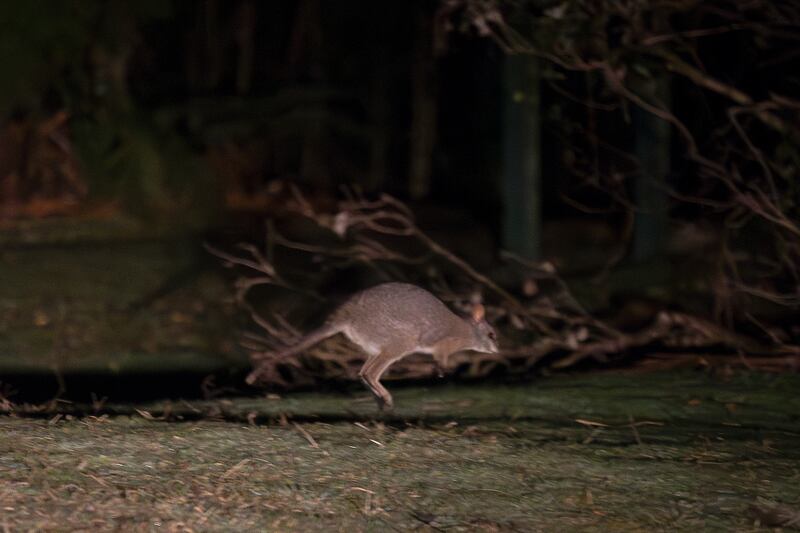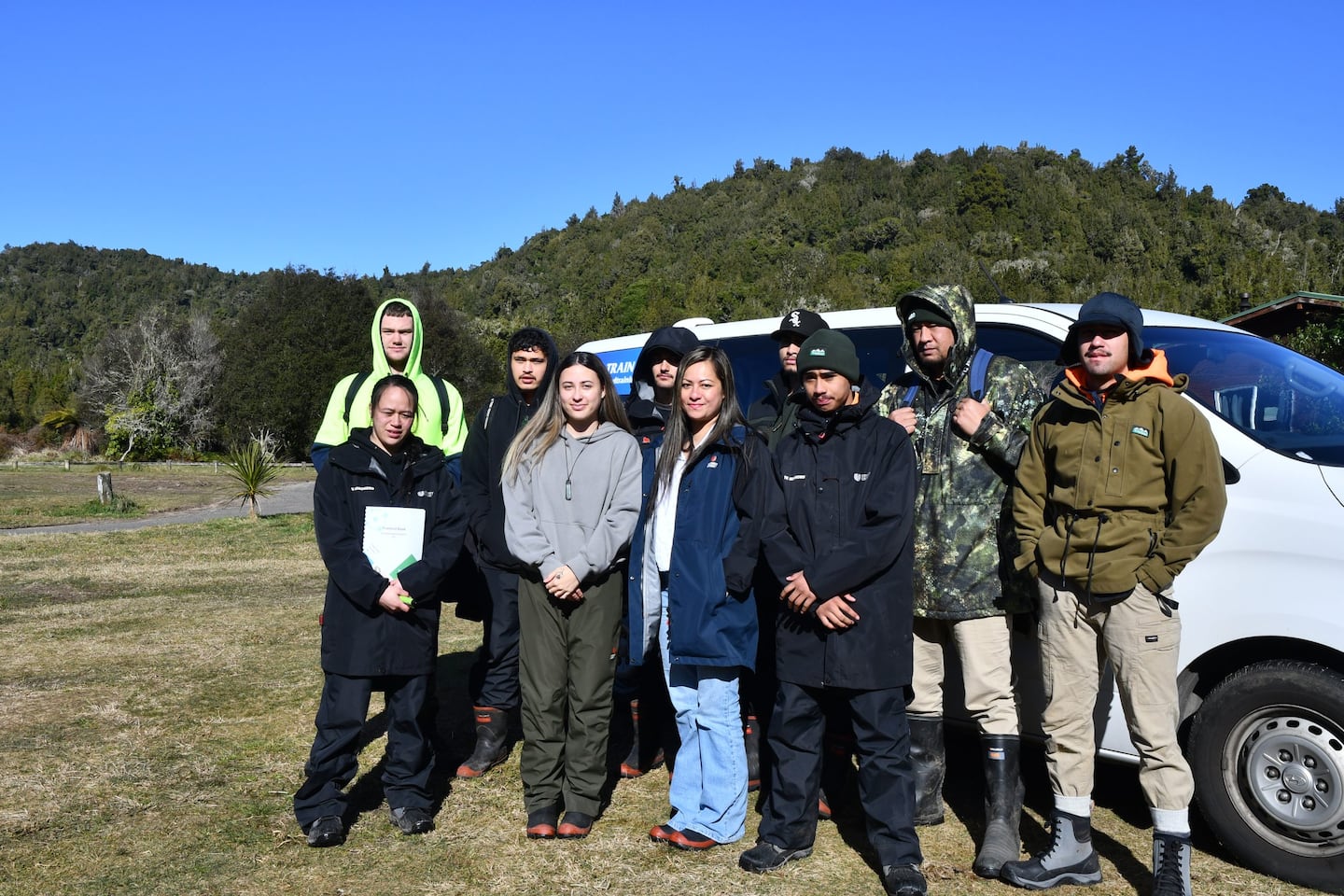A Rotorua iwi group has been given $30,000 to continue its wallaby eradication work.
Wallabies feed on native flora important to native wildlife, compete with stock on farmland for pasture and also damage pine and eucalyptus seedlings on plantations.
The Biosecurity New Zealand-led Tipu Mātoro National Wallaby Eradication Programme aims to limit wallabies to a containment zone but iwi were concerned forests could be devastated by the time the programme planned to switch focus to reducing pest numbers within the zone in 2025.
Local councils, iwi, landowners and other groups are involved in the programme.
Some, however, believed there were gaps in the plan, and the Te Arawa Wallaby Control Kāhui was set up last year to fill them.
Ngāti Tarāwhai Iwi Trust chairman Cyrus Hingston last August told Local Democracy Reporting about a new iwi-led project that aimed, in their view, to focus on things the existing programme was not yet doing, and it received $228,000 from the Ministry for Primary Industries to train 13 Te Arawa men and women in pest control.
A total of $400,000 was allocated from the eradication programme for Te Arawa Wallaby Control Kāhui work last year.
Hingston said he saw first-hand the damage wallabies caused to the environment, which he said had both cultural and economic impacts.
He believed bringing iwi together aimed for a co-ordinated approach and in his view the Government approach would result in “unfettered destruction” over the next two years.
BayTrust announced this week that it had funded the group with $30,000.
Hingston said wallaby “ground zero” was around lakes Ōkāreka, Ōkataina, Tarawera, Rotoiti, and the Whakarewarewa Forest.
“Wallabies basically mow down everything that’s rejuvenating. So there’s no rejuvenation in the forest and in some places it is close to environmental collapse. We’ve lost a lot of the birdlife, and when you walk through those areas you can see through the forest because there’s little understory left.”

Hingston said as the forest is eaten away, increased rainfall meant slips happened more frequently, which he said impacted water quality.
“We’re waging the war and trying to keep control of these pest numbers to protect our forests. We can’t just throw our hands in the air and say it’s all too hard. You’ve just got to get out there and do something before it’s too late.”
The money granted was for operational costs. It will go towards wages and equipment purchases.
Hingston said it helped it buy things such as traps, bait, trail cameras, firearms and GPS locators.
“Any funding we get, we are most grateful for. The amount of work, effort and community support we have received to get the team trained up to where they are now in such a short time has been amazing. We will do whatever it takes to find ways to continue this important work.”
BayTrust chief executive Alastair Rhodes said kaitiakitanga (guardianship) of the Bay of Plenty’s natural resources was a key funding priority and the commitment from local iwi to step in and try to control the wallaby population was admirable.
Bay of Plenty Regional Council Toi Moana Wallaby Programme Leader Davor Bejakovich said the long-term goal of eradicating wallabies was based on a progressive containment strategy.
“Progressive containment is like managing and controlling a bush fire: contain and stop the fire from spreading further; be alert and deal with ‘hot spots’; before working methodically from the outside towards the centre to supress the fire, still being alert to hot spots and flare-ups.
“While controlling wallabies will take a longer than controlling a bush fire, the dynamics and strategy are similar.”
Bejakovich said the The 2023-24 year was busy for the wallaby programme and the focus for the short to medium term remained on four key priorities.
- Priority 1: Control of known wallaby populations outside of the core population (containment area).
- Priority 2: Surveillance to identify additional wallaby populations outside of the containment area.
- Priority 3: Prevent outward dispersal of wallabies from the containment area.
- Priority 4: Minimise risk of wallabies reinfesting areas that are currently wallaby-free.
Key stats from the last year:
- 11,159ha controlled outside of the containment area.
- Dog teams walked 7900km of tracks, covering more than 74,000ha of habitat, searching for wallaby.
- Cameras were deployed at 993 locations.
- 888 public reports of wallaby sightings in the Bay of Plenty/Waikato.
LDR is local body journalism co-funded by RNZ and NZ On Air.



